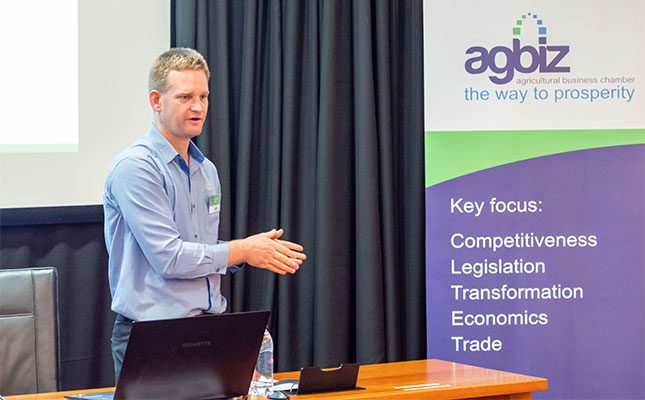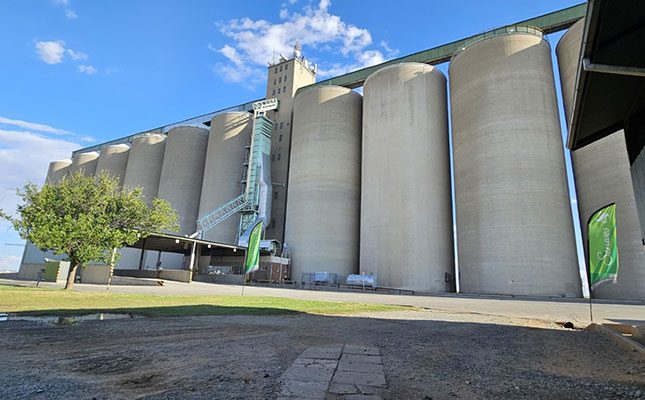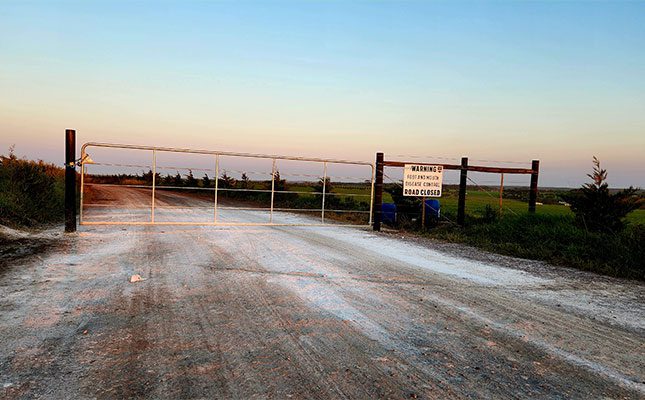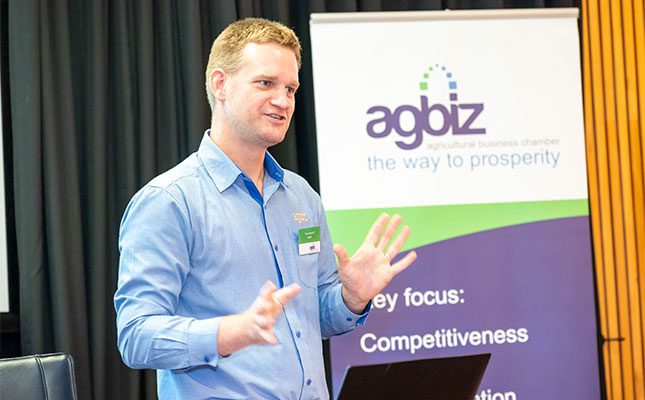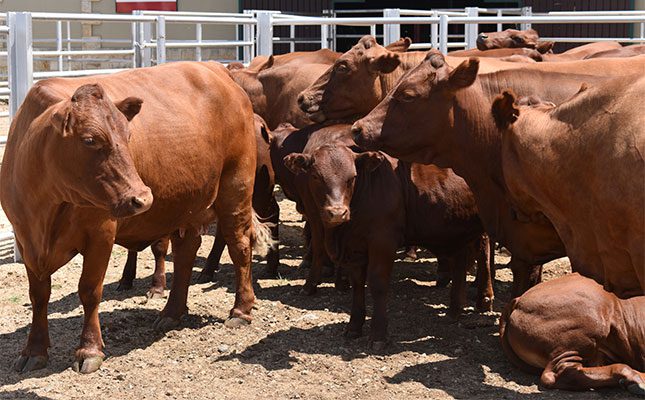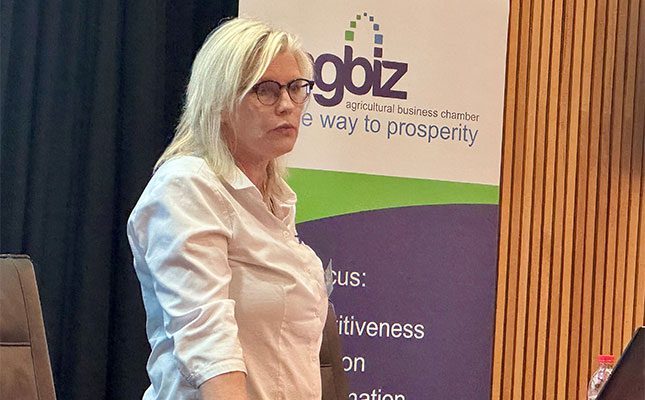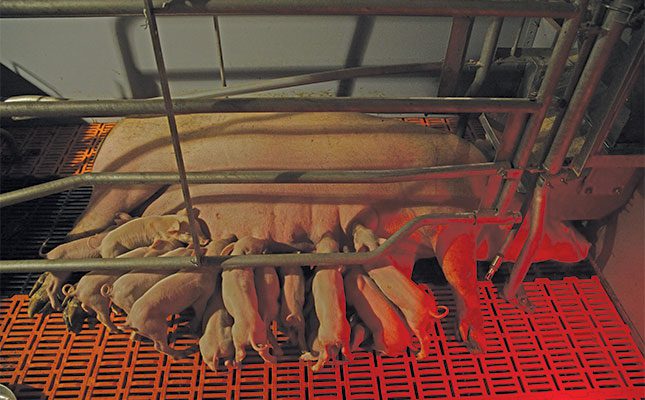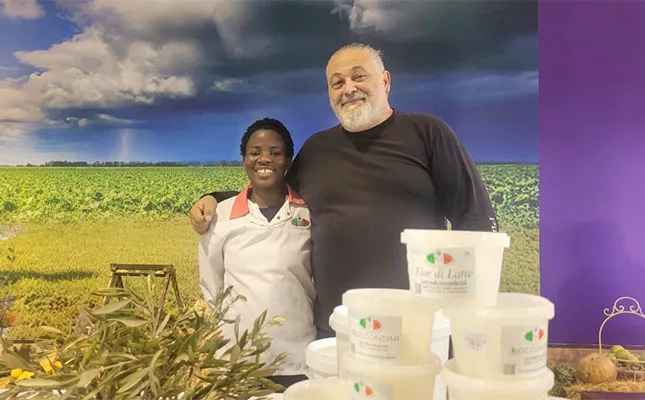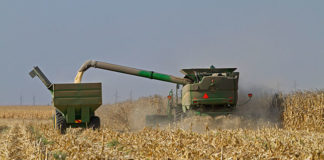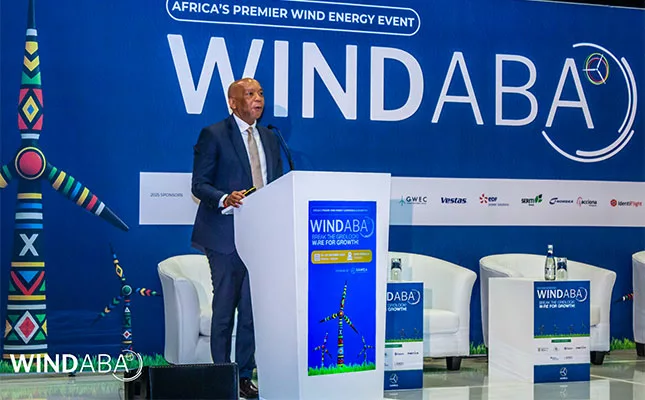
Photo: Supplied
Opening Windaba 2025, Minister of Energy and Electricity Kgosientsho Ramokgopa called for available, affordable, and quality energy and acknowledged that the past 15 years of energy insecurity had constrained growth.
“We hope [Ramokgopa’s] participation will present an opportunity to align the government’s policy with the wind and renewable energy industry’s capabilities,” Niveshen Govender, CEO of the South African Wind Energy Association (SAWEA), said.
South Africa’s wind energy sector is gaining momentum, with more than 50GW of wind projects under development, up 60% from 2023.
“The 2024 South African Renewable Energy Grid Survey has shown the need for grid expansion and highlights opportunities for regional growth, particularly in provinces like KwaZulu-Natal and Mpumalanga,” Morongoa Ramaboa, SAWEA’s chief communication officer, said in a press release in July.
Grid access
This year’s theme was ‘Break the Gridlock! Wire for Growth!’, which called for collaboration to accelerate grid access and unlock investment in South Africa’s wind energy infrastructure.
Grid access and constraints are two of the most critical barriers to scaling South Africa’s wind energy development. These issues were discussed in two conference panel sessions, where panellists, including high-level representatives from Eskom, the Department of Energy, and power companies, focused on reforms and interventions required to unlock grid access.
SWAP portal
Another panel discussion focused on streamlining the approval process, a complex yet crucial step in wind energy development. The high volume of applications and fragmented processes across municipalities and regulatory bodies often slow down the deployment of alternative energy.
Speaking to Farmer’s Weekly, Mahlatsi Ndhlovu, manager of the Support Programme for Industrial Innovation (SPII) at the Department of Trade, Industry and Competition (DTIC), said: “The DTIC is assisting to ensure a smoother [application] process.
“This is done through the DTIC’s Single Window Application portal (SWAP), designed to help developers speed up the application process for renewable energy projects.”
Bird-detecting tech
Environmental companies were well represented at the event, as the agricultural and environmental importance of species such as bats (as pollinators and insect pest predators) and birds of prey was gaining recognition.
While wind energy role players acknowledge the potential risks that wind turbines pose to birds and bats, solutions and services that mitigate these impacts are being developed and readily implemented on wind farms, and advanced technologies are now employed as part of environmental stewardship.
For example, Roc Conservation Tech’s technology, which combines optimal systems, machine vision, and artificial intelligence software, is now over 99% accurate in detecting the endangered Cape vulture and around 29 other South African bird species. This system can detect predatory birds from up to 1,5km away and automatically shut down turbine blades.
Feasibility studies
What was not evident at the event was the use of wind energy for agricultural applications, and exhibitors seemed hesitant to advise on wind farms for commercial farming due to the high cost of wind-measuring equipment and studies, along with their extended duration.
“We started a [wind-measuring] project in 2005 and we are still busy with it,” Wayne Flint, managing director of Windhunter Africa, said.
The first step in exploring the viability of a wind farm is conducting a feasibility study. The process requires measuring wind speed and type, assessing the geography of the land, and looking at other environmental and social factors.
“An environmental assessment study may also be required, especially if the farmer wants to sell excess energy back to the grid,” explained Johan Botha of Donaway Environmental.

